In Canada, a good credit score ranges from 660 – 724. These 3 digits will help you qualify for most credit cards on the market, including no fee, cash back, and travel cards.
Key Takeaways
- A credit score is a 3-digit rating of your financial trustworthiness.
- A good credit score in Canada ranges from 660 – 724.
- With a good credit score, your chances of getting approved for a credit card fall between 50% and 60%.
- Your odds of being approved for a credit card depend on your credit score, the type of card in question, and the payment network.
- You can increase your chances of approval by building your credit score, keeping a stable employment history, and applying during a strong market.
Never miss an amazing deal again + get our bonus 250+ page eBook for FREE. Join 50,000 other Canadians who receive our weekly newsletter – learn more.
What is a credit score?
A credit score is a 3-digit rating of your financial trustworthiness as calculated by a credit bureau.
There are only 2 credit bureaus in Canada: Transunion and Equifax. While each uses a slightly different formula, they both issue credit scores on a scale from 300 – 900.
Millions of banks, credit unions, businesses, institutions, employers, government agencies, and landlords trust credit scores to tell them one thing: how likely you are to repay any money you borrow.
Your credit file contains the raw data used to calculate your credit score, including your past and current employment, residential address, and credit products. A credit report is a snapshot of the most important information in your credit file (including your credit score) at the time.
How to check your credit score in Canada
Credit bureaus can deliver your credit score on its own or as part of a credit report. You can get a free summary from your bank or receive one complimentary report per month by contacting Equifax or Transunion.
It’s a good idea to check your credit report at least once per year to verify your contact information and ensure your identity hasn’t been stolen. If you see a discrepancy, report it immediately to either credit bureau.
Due to the prevalence of fraud and identity theft scams, we don’t recommend using a third-party website or company to check your credit score.
What is a good credit score in Canada?
In Canada, a good credit score ranges from 660 – 724. It tells lenders you pay most of your bills on time, live within your means, and manage your finances fairly well.
It’s one of 5 broad credit ranges:
- Poor (300 – 559)
- Fair (560 – 659)
- Good (660 – 724)
- Very good (725 – 759)
- Excellent (760 – 900)
The higher your credit score, the more likely banks and other lenders will lend you larger sums of money. A high credit score is crucial for qualifying for a car loan, mortgage, or personal line of credit… but today, we’re focusing on how it can improve your chances of getting approved for a credit card.
What are my chances of getting approved?
Depending on the strength of your application (and how closely you read the requirements), your odds of being approved for a credit card stretch from 0 – 80%.
No score or product guarantees 100% approval, so applying for a credit card is always a gamble. You can improve your approval chance by targeting the right combination of credit score, credit card category, and payment network.
Approval chance by credit score
We examined the odds of approval across every issuer, payment network, and type of credit card, and found your credit score sets your approval chance at 17% – 82%.
Applicants with a ‘Poor’ credit score (300) stood less than a 1 in 5 chance of being approved, while those with an ‘Excellent’ score (900) quadrupled their odds to 4 in 5:
| Range | Credit score | Approval chance |
|---|---|---|
| Poor | 300 – 559 | 17% |
| Fair | 560 – 659 | 44% |
| Good | 660 – 724 | 57% |
| Very Good | 725 – 759 | 65% |
| Excellent | 760 – 900 | 69% |
In other words, if you have ‘Poor’ credit, taking your score to ‘Fair’ will reward you with triple the approval chance. If you’re already sitting at ‘Very Good’, don’t stress – the folks in the ‘Excellent’ range only have around a 4% higher chance of approval.
Poor credit? Don’t sweat it – almost anyone can get approved for a secured credit card and prepaid cards have no credit score requirements since they aren’t credit products.
Approval chance by credit card category
There are different types of credit cards to suit every kind of spender and, unsurprisingly, they all carry different requirements. The more valuable the rewards, perks, and welcome bonuses, the more risk the bank assumes – and the stricter the application criteria.
From the highest to lowest approval chances, the 6 most common credit card categories are:
- No fee credit cards are a basic spending tool with few rewards or premium features. Their broad appeal makes them great for reeling in customers (especially students), so you can apply with a credit score as low as 636 for a 60% chance of success.
- Cash back credit cards have a fixed rewards structure and few premium features, making it easier for the bank to get their money back. To have a 60% chance of being approved, you’ll need a credit score of at least 640.
- Travel credit cards can be barebones or super-premium. A card on the low end of the scale (like the BMO eclipse rise Visa Card) is happy to give you a 60% chance of approval with a credit score of at least 680.
- Premium credit cards offset the cost of their perks and benefits by asking for an annual fee of $99 or more. The best travel and rewards credit cards in Canada require a credit score of at least 733 for a 60% approval chance.
- Poor credit cards should be retitled "fair credit cards." For a 40% approval chance, most banks seek applicants with a score of at least 559 – barely low enough to qualify as ‘Poor’ and eager to build credit by paying their bills on time.
- Low interest credit cards allow cardholders to borrow money at little cost, making them a risky product to issue. Only trusted and longtime banking customers should apply – a 60% success rate requires a credit score of at least 895.
As you can see, some categories don’t make intuitive sense. The average applicant for a poor credit card doesn’t know a score of 526 only gives them a 38% chance of success.
Using our information, you can take your odds of getting approved from unlikely (❌) to fair (☑️) or even great (✅) by applying for the right type of card for your credit score:
| Range | No fee | Cash back | Travel | Premium | Poor credit | Low interest |
|---|---|---|---|---|---|---|
| Poor (300 – 559) | ❌ | ❌ | ❌ | ❌ | ❌ | ❌ |
| Fair (560 – 659) | ❌ | ❌ | ❌ | ❌ | ❌ | ❌ |
| Good (660 – 724) | ☑️ | ☑️ | ☑️ | ❌ | ❌ | ❌ |
| Very Good (725 – 759) | ☑️ | ☑️ | ☑️ | ☑️ | ❌ | ❌ |
| Excellent (760 – 900) | ✅ | ✅ | ✅ | ✅ | ☑️ | ☑️ |
Approval by credit card network
Last and least, the payment network of a given card plays a small role in how likely you are to be approved.
Online banks with low overhead costs (such as MBNA and Tangerine) can take more risks, which lowers the approval threshold for Mastercard, their preferred payment network. American Express is a little pickier, but it’s trying to get its foot in the door of the Canadian market by approving more people.
Contrast these strategies with Visa, which tends to favour premium credit cards with premium perks and massive bonuses. Canada’s 5 biggest banks have brick-and-mortar stores to support, so they must maintain a high approval threshold and a profitable customer base:
| Range | Mastercard | American Express | Visa |
|---|---|---|---|
| Poor (300 - 559) | ❌ | ❌ | ❌ |
| Fair (560 - 659) | ☑️ | ❌ | ❌ |
| Good (660 - 724) | ☑️ | ❌ | ❌ |
| Very Good (725 - 759) | ☑️ | ☑️ | ❌ |
| Excellent (760 - 900) | ✅ | ☑️ | ☑️ |
Methodology
Our study of credit cards and approval chances collected over 6,500 data points from online users. Remember that online users are more likely to have financial education than the rest of the general population, and certain categories had fewer respondents than others.
How to increase your approval chances
The most obvious way to increase your chances of approval is to build your credit score in Canada. Beyond that, we have 7 tips to increase the strength of your application:
- Apply during a strong market when banks are more willing to take risks.
- Bank with the same institution for several years to build trust.
- Increase your income to improve your debt-to-income ratio.
- Keep any new credit cards for at least 6 – 12 months to show you aren’t churning welcome bonuses.
- Keep the same home address for at least 2 years to appear stable.
- Maintain a consistent employment history so lenders know you have a steady stream of income to pay your bills.
- Move to an affluent neighbourhood to increase your appearance of stability.
The next most important strategy is to make sure you meet the application requirements. There’s no point in applying for a card (and undergoing a credit check) if you don’t have the minimum income or credit score required.
Didn't get approved? Try calling the issuer to negotiate your case and supply any missing information. If they still say no, you can always ask how to improve your application for next time.
Alternative credit card data
For Canadians lacking a high credit score, relief may soon arrive in the form of alternative credit card data. Credit bureaus are more willing to look at data that used to be considered "unscorable" – such as rental history or foreign financial activity – to assess consumer trustworthiness.
According to RBC, the market for alternative data is expected to grow by over 50% between 2022 and 2030. As more companies figure out how to mine alternative sources of data, more and more Canadians may qualify for loans and credit products.
FAQ
How rare is a 700 credit score?
A 700 credit score isn’t that rare for borrowers over 36, but it can be a challenge for anyone younger to achieve. The average Canadian holds a credit score of 680.
What is a good credit score by age?
A credit score between 660 and 724 is considered good at any age. For an above-average credit score, aim for 700+ if you’re 18 – 35, 720+ by the time you’re 36 – 55, and 750+ if you’re 55 and over.
Does your income affect your credit score?
Because it influences when you pay your bills and your debt-to-income ratio, your income can significantly affect your credit score.
How fast does your credit score go up after paying off debt?
Canada’s credit bureaus update every 30 – 45 days, so it can take up to a month and a half for your credit score to change after you pay off a debt.
creditcardGenius is the only tool that compares 126+ features of 229 Canadian credit cards using math-based ratings and rankings that respond to your needs, instantly. Take our quiz and see which of Canada's 229 cards is for you.



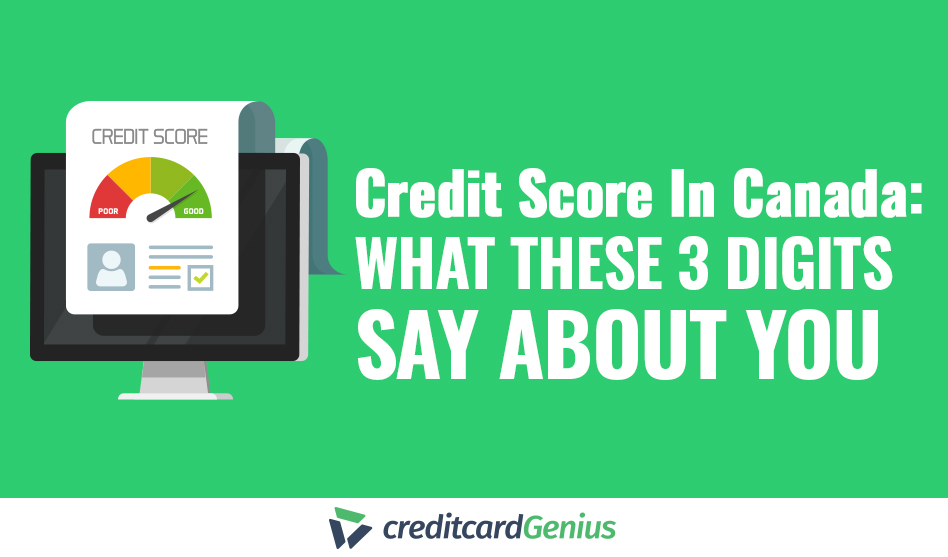


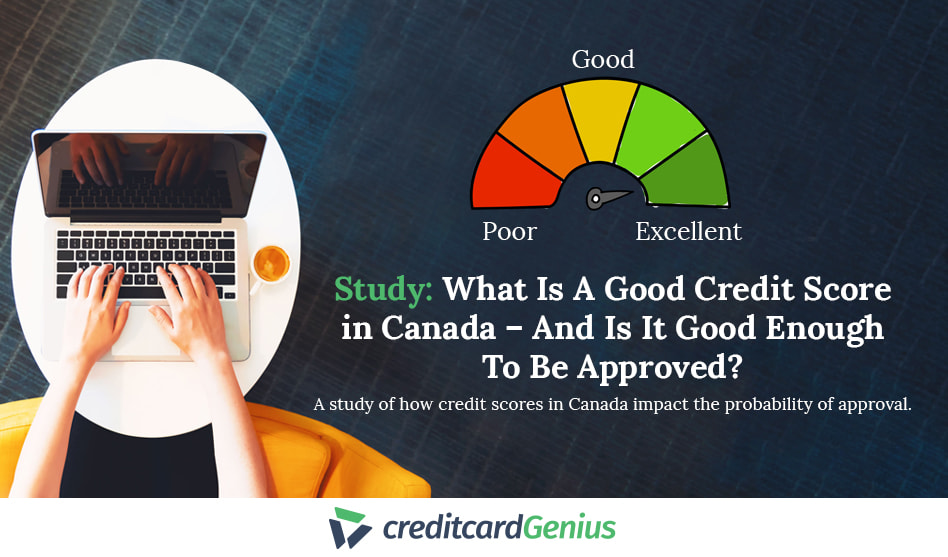


 GC:
GC: 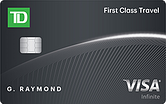
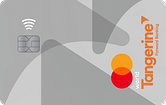
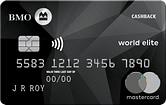
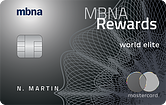
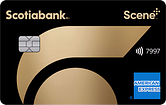

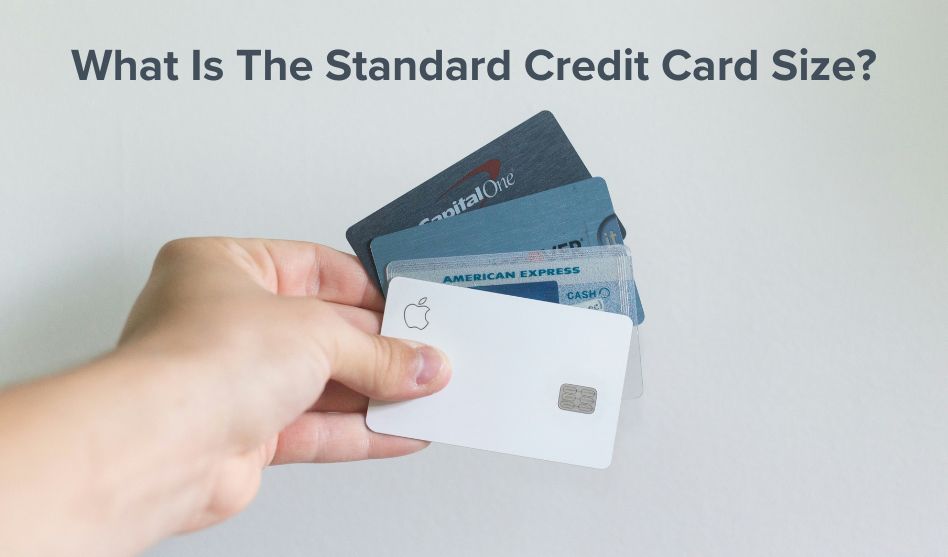
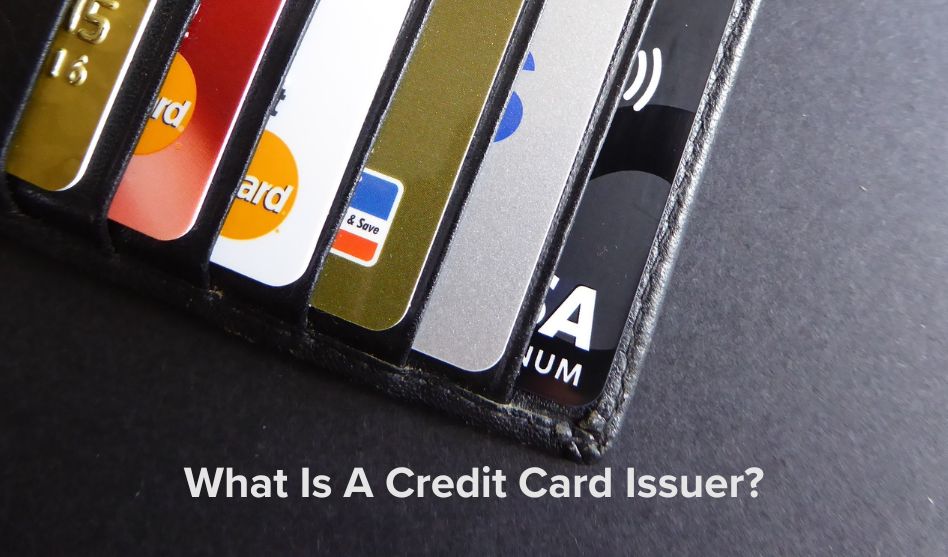

























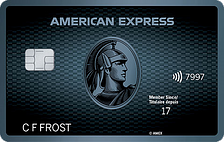
Comments
Leave a comment
Required fields are marked with *. Your email address will not be published.
Showing 10 comments